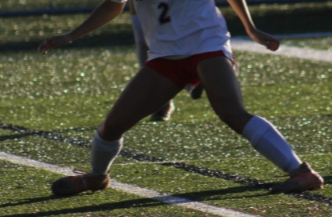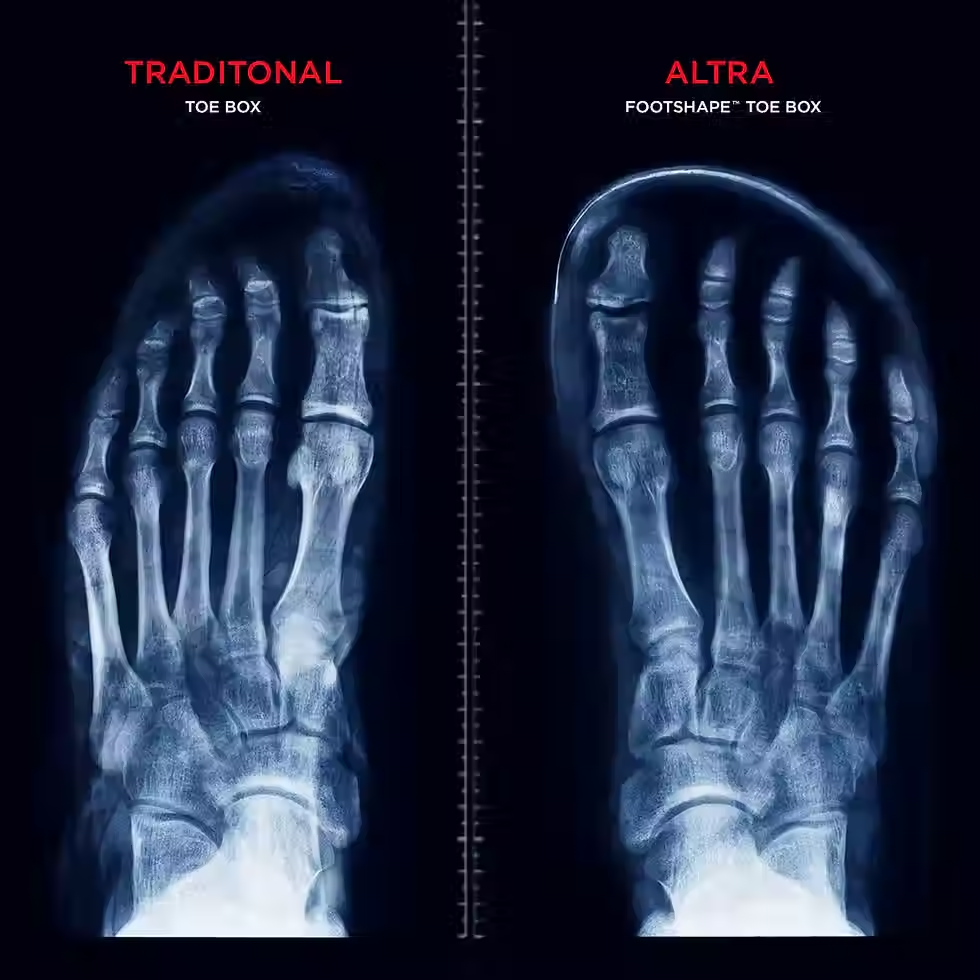Next Up: Knees Falling In
- Kelsi Hughes
- Oct 23, 2024
- 3 min read
Updated: Dec 11, 2024
Just like the previous knees over toes blog post, knees falling in (aka valgus) is another hot topic in rehab and injury world. It happens a lot when pivoting off of one foot, when changing direction, or reaching for something with your opposite leg. Here's the deal, non-contact ACL tears (about 70% of all ACL tears) are regularly contributed to knee valgus moments while slowing down/stopping/changing direction, in and out of sports. Because of this connection, a lot of providers will try and stop this movement from happening with everything you do. But check out these pictures from soccer games:
Wanna know something awesome?! None of these players tore their ACL in the making of these pictures. In reality though, they could have. But this movement is clearly a part of sport (I only showed soccer because I coach it :) ) . I picked out 3 pictures but I could've probably found 50 easy! Maybe they got lucky, which does happen when players don't have the proper strength and mobility to control movement (hi, we do injury prevention sessions!). But also, their bodies may have the ability to control that valgus moment. All 3 of those aspects are important to prevent injury - strength/stability, mobility, and control. And I would like to add it doesn't have to be in sport. Some ACL injuries I have seen have been from people turning around because they were walking somewhere and realized they forgot something.
So that's where this blog comes in. Valgus in itself is not bad. I've said it before and I'll say it again, bodies are made to move or we wouldn't have joints that moved, so we don't need to restrict that. Now with that being said, are there times that I do try and control knee valgus - absolutely! But normally it's when a person is unable to perform another movement and valgus is the compensation. In rehab, this is fairly common. A common example during ACL rehab is if you can't load your quad appropriately and your body isn't able to tolerate the forward movement of your knee, especially with the addition of momentum or body weight, and your body may cheat the movement and move into valgus. In this instance, valgus movement is not the problem, it's a result of another problem and therefore, I will try to restrict that movement to allow for the movement I want. But for athletes that don't have other impairments, I want to teach control of that valgus movement because as shown in the above pictures, valgus is going to happen! It's the lack of your body knowing how to control that movement that leads to excess movement and potentially causing real damage.
Long story short - knee valgus isn't inherently bad. But what we have to figure out are the following things:
Is the movement appropriate for the action you are performing?
If yes, do you have control over the movement?
If no, what are you missing that is provoking that compensation?
We have various tests and movements that we can perform to help assess these things. But here's a couple things you can try on your own. Stand in front of a mirror.
Perform a standing squat
do your knees fall in?
If comfortable with it, try a squat jump?
How do your knees move when you jump?
How do your knees move when you land?
So let's say your knees fell in during one or more of these movements. Don't freak out! As previously stated, this is not inherently a bad movement. But if you are wondering if you could be at risk of injury, fill out a contact form to see if you'd be a good candidate for injury prevention sessions or injury recovery sessions if you currently have knee pain.
In the meantime, here are a couple of stability with movement exercises.
If you were someone who had trouble controlling the knee falling in motion, this is a good start. But if you need to control the valgus, there are different options out there. Either way, click the link above to schedule a call to see how we can help you or your youth athlete in preventing injury!
This blog post is for educational or informational purposes only and should not be considered a substitute for professional medical advice or consultation with healthcare professionals.








Comments